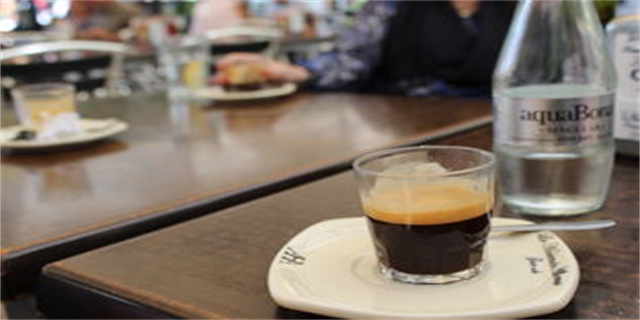叉子的英语怎么说
Introduction
When it comes to dining etiquette and table manners, cutlery plays a vital role. Among the various utensils, a fork, commonly known as a \"叉子\" in Chinese, is an essential tool for enjoying meals. In this article, we will explore the English translation and usage of the word \"叉子\".

1. The Translation of \"叉子\" in English
The Chinese word \"叉子\" can be translated into English as \"fork\". It is a common term used throughout the English-speaking world. The word \"fork\" refers to a utensil with a handle and two or more prongs, which are used to lift and hold food while eating. Forks are usually made of metal, plastic, or other similar materials, and they come in various shapes and sizes depending on their purposes.

2. A Brief History of Forks
Forks have a rich history and have been used by humans for thousands of years. Despite this fact, forks were not commonly used as eating utensils in certain cultures until relatively recently. Historically, people used their hands, spoons, and knives to consume their meals.
In Europe, the fork was introduced by Byzantine princess Theodora Anna Doukaina in the 11th century when she married the Doge of Venice, Domenico Selvo. However, it took some time for forks to gain popularity in Europe. It was not until the 16th century that forks began to be commonly used at European dining tables.
In England, forks became more accepted during the reign of King James I in the early 17th century. Before this time, forks were viewed with skepticism and were considered effeminate or unnecessary. However, as European influence spread and the upper classes adopted the use of forks, they gradually became more commonplace.
3. Forks in Different Cultures and Customs
While forks are a common utensil in many cultures today, it is important to note that different cultures have their own customs and practices regarding dining and table manners. In some cultures, such as China and Japan, chopsticks are the primary eating utensils, and the use of forks may be limited to specific dishes or occasions.
In Western cultures, particularly in Europe and North America, forks are widely used for most meals. Specialized forks for specific dishes, such as salad forks, fish forks, and dessert forks, are also common in fine dining settings.
Additionally, there are some regional variations in fork usage within countries. For example, the British traditionally hold their forks with the tines facing downwards, while Americans tend to hold their forks with the tines facing upwards.
Conclusion
In conclusion, the English translation of \"叉子\" is \"fork\". This versatile eating utensil has a fascinating history and is an integral part of dining etiquette in many cultures. Whether you are using a fork, chopsticks, or another utensil, the important thing is to appreciate and enjoy your meal while respecting the customs and traditions of the culture in which you are dining.








